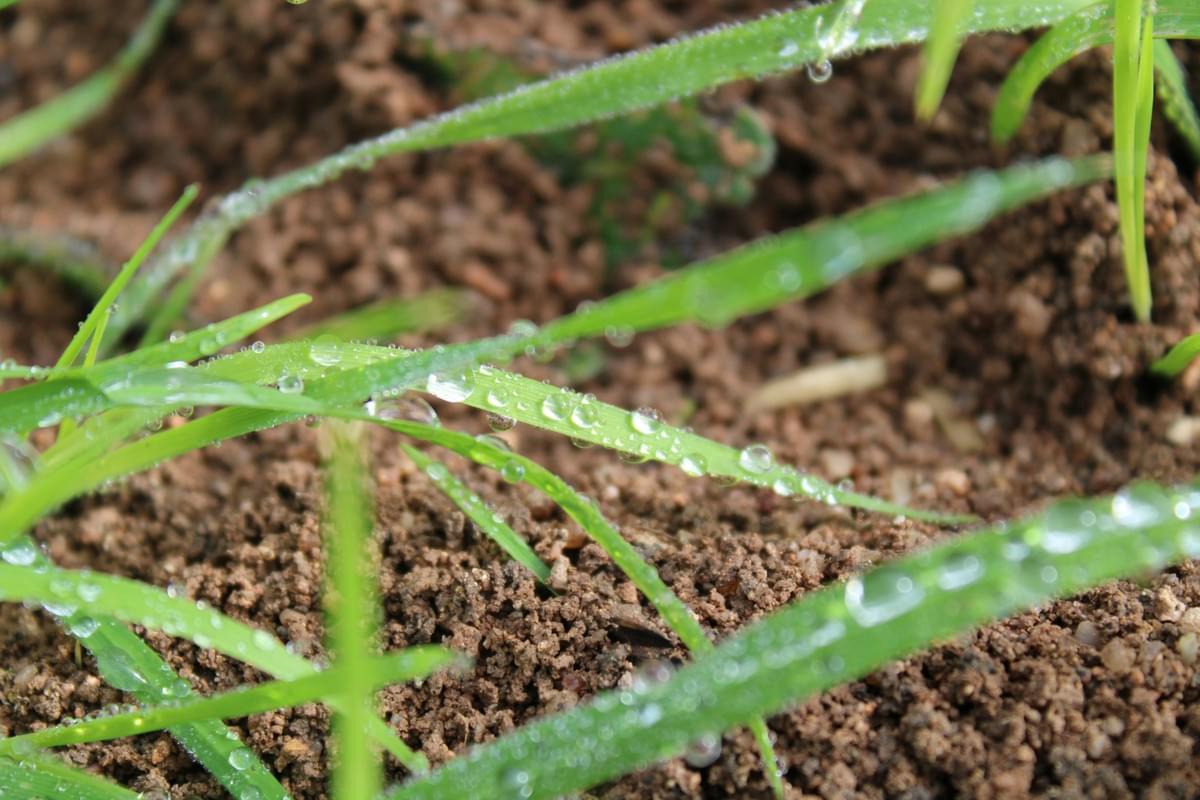🌿 What Is Regenerative Agriculture?
The global food system—including conventional agriculture—accounts for over a third of global greenhouse gas emissions and more than half of all farmland is degraded, increasing vulnerability to extreme weather. Moreover, reliance on chemical inputs, monocultures, and intensive land use has accelerated ecological decline and weakened the foundations of long-term food security. Confronting these intertwined crises requires a shift to farming systems that regenerate, rather than deplete, natural resources.
Regenerative agriculture offers a compelling alternative, aiming not only to sustain the land but to restore it—rebuilding soil health, enhancing biodiversity, and creating resilient agroecosystems through nature-based practices.

Photo by Marcos Fernandes on Unsplash
Key practices include maintaining continuous ground cover, reducing soil disturbance, recycling organic matter, and integrating semi-natural habitat strips or vegetated buffers within farmland to enhance ecosystem services such as pollination, pest control, and soil conservation. These methods aim to restore the land’s natural functions while sustaining productive agriculture.
Evidence from research and field experience have shown clear benefits of regenerative agriculture: healthier soils, greater biodiversity, improved water retention, and better tolerance to droughts and floods. In some regions, yields and farmer incomes have increased, while carbon storage in soils has also improved. Although more research is needed on long-term climate impacts, the ecological and community gains are already visible in many farming landscapes.
For more on regenerative agriculture, explore the following resources:
🌍 Our Perspective: Conservation Meets Cultivation and Innovation
At Napital, our Natural Capital Initiatives integrate conservation, environmental engineering, and market incentives to revitalise landscapes and enhance their inherent value. Regenerative agriculture can become a powerful ally in this mission—enriching soil health, enhancing biodiversity, and making the land itself part of the solution. Together, they can create a model where conservation and cultivation work in harmony, unlocking greater ecological value than either could achieve alone.
Our partner ncu.fi takes this a step further, pioneering ways to bring the value of ecosystem services onto the blockchain. This approach opens new possibilities for farmers to be recognized and rewarded for positive environmental outcomes—turning their stewardship into measurable, tradable impact. In this way, innovation in both land management and digital ecosystems can empower people, restore nature, and build resilience for the future.
Together, these innovations point toward a future where thriving ecosystems and prosperous communities grow side by side💪.
